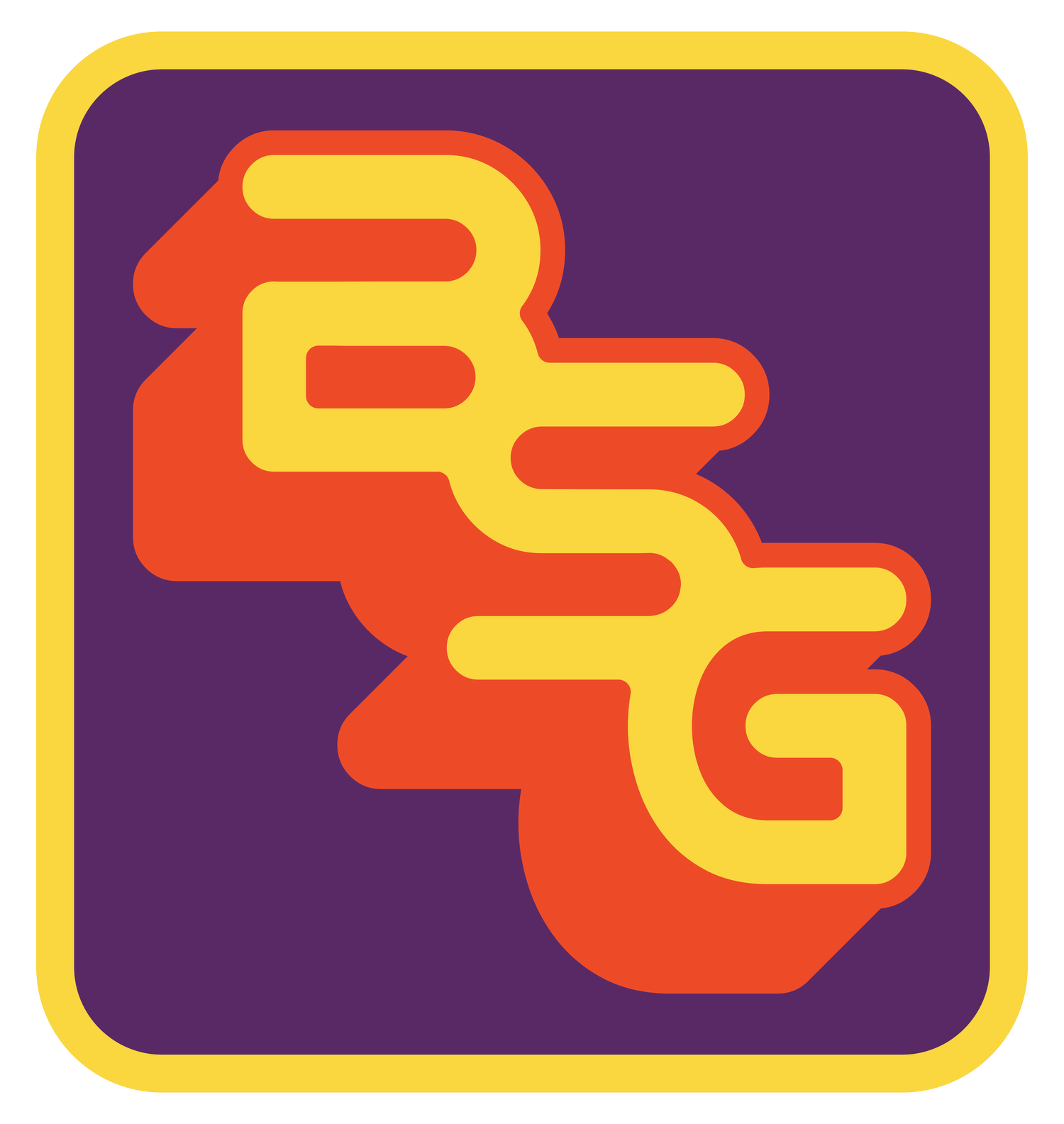Mechanics Feature: Public Panic
Civilians look on in various states of panic as an epic battle unfolds before them.
One of my of my favorite little features in We Can Be Heroes is Public Panic AKA the “Panic Mechanic.” This part of the game came from a desire to make encounters more dynamic and not solely focused on combat.
We had reached a good point in playtesting where combat mechanics seemed to be more streamlined. We were finding less broken powers and beginning to think more about how an encounter actually felt to the player. It seemed like something was still missing, but we couldn’t quite put our finger on it.
At one point Smiley made a joke about the “Superman swoops in and saves Lois Lane'' problem where her bones would certainly shatter upon impact. Then he had a eureka moment–we don’t have any guidelines for rescuing civilians! We had done something along those lines in a playtest before, but it didn’t have any actual rules. It was just something thrown in to add some extra excitement to the encounter.
Smiley pitched his idea, saying that we shouldn’t think of combat scenarios as just combat, rather we need to reframe it as an “encounter” that features combat as one potential solution. He’s been using this framework for a Pathfinder adventure that often rewards his players for finding nonviolent solutions to obstacles.
We all felt like it fit well with the “superhero narrative.” Superheroes don’t just beat the snot out of bad guys. They also save those in danger and come up with creative solutions to problems by using their abilities.
That’s how the “Panic Mechanic” came into being. It’s meant to add some guidelines and mechanics to the idea of saving NPCs who are in danger. We give NPCs a sort of “health bar” of panic that they would be experiencing at any point. This lets players interact with the NPC and quantify the results of their actions.
Here’s how it works: panic levels range from one to five. One is totally calm and uninjured, whereas five is incredibly panicked or near death due to injury. The GM assigns a panic level to the NPC as they see fit. Interactions with players and/or other external forces can raise or lower the panic level.
For example: during an encounter, a civilian is at panic level 3. A new enemy arrives on the scene, causing the civilian’s panic level to increase from 3 to 4. At this point, heroes will need to intervene, otherwise they risk losing a civilian. It makes the encounter more dynamic and forces players to make decisions about what’s most important to their hero.
There are endless possibilities of what the player might choose to do in order to aid a panicked NPC. Heroes may use an ability to shield the civilian from our example, reducing their panic level by a point. They could also choose to grapple the new enemy and take them away to another part of the battle map. In either case, you get a tangible way in which the panic level can be influenced by players.
Our hope is that this extra layer will give players more creative control over the collective narrative and result in more fun and memorable encounters.

